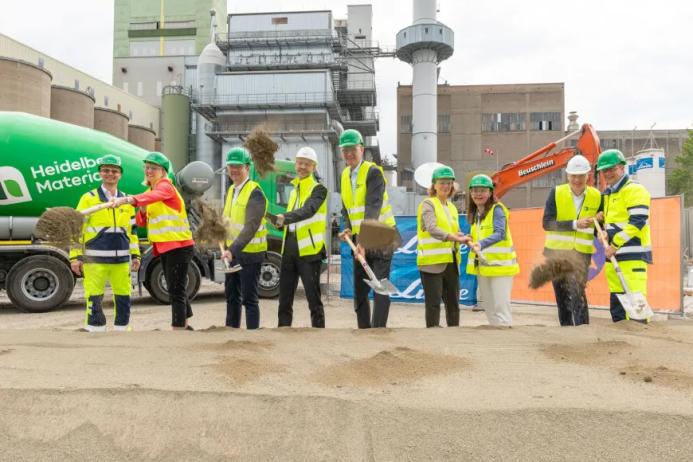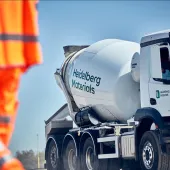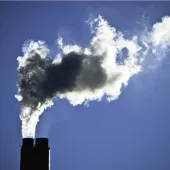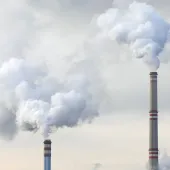World’s first large‐scale carbon capture and liquefaction facility breaks ground
Groundbreaking ceremony at Lengfurt cement plant in Germany celebrates the start of work to create the world's first large-scale carbon capture and liquefaction plant.
The event was hosted by Linde and Heidelberg Materials who will construct and operate the plant as part of a joint venture. The project, currently known as ‘Capture‐to‐Use’ (CAP2U) is being designed and built by Linde Engineering. Based on an amine-scrubbing system specially developed for flue gases, the CO2 will be separated directly from part of the exhaust gas stream from the cement clinker kiln. Equipment for purification and liquefaction, tanks for intermediate storage of the product, and loading facilities are also part of the project scope.
Christian Knell, general manager of Heidelberg Materials Germany, and Andreas X. Müller, managing director of Linde Gas Germany were both in attendance.
The plant will enable the captured CO2 from cement production to be utilised as a valuable raw material for industrial applications. Due to its purity, the processed gas will be suitable for use in both the food and chemical industries. The planned volume of purified and liquefied CO2 is around 70,000 tonnes/year.
Christian Knell said: "With the amine scrubbing technology applied here in Lengfurt, we are demonstrating the capture and utilization of CO2 on an industrial scale for the first time in the cement industry in Germany. What makes our pioneering project special is that the captured CO2 from cement production is processed in such a way that it can be reused in the food industry. We are determined to reduce the carbon footprint of our sites and products to the greatest extent possible and are therefore delighted to collaborate with our joint venture in realising this CCU project in Germany.”
"Thanks to our expertise along the entire CO2 value chain, we support our customers across hard‐to‐abate sectors in their decarbonisation efforts," said Andreas X Mueller. "Our collaboration with Heidelberg Materials and the execution of the project in Lengfurt mark a significant milestone on the path to reducing greenhouse gas emissions in the cement industry. In addition, with this plant we can expand our offering and provide our customers with a secure and high‐quality supply of CO2."
For the implementation of the project at the cement plant in Lengfurt, contributions of the joint venture will be supplemented by funding of around €15 million from the ‘Decarbonisation of Industry’ funding programme on behalf of the German Federal Ministry for Economic Affairs and Climate Action (BMWK).
The plant is expected to go into operation in 2025.





